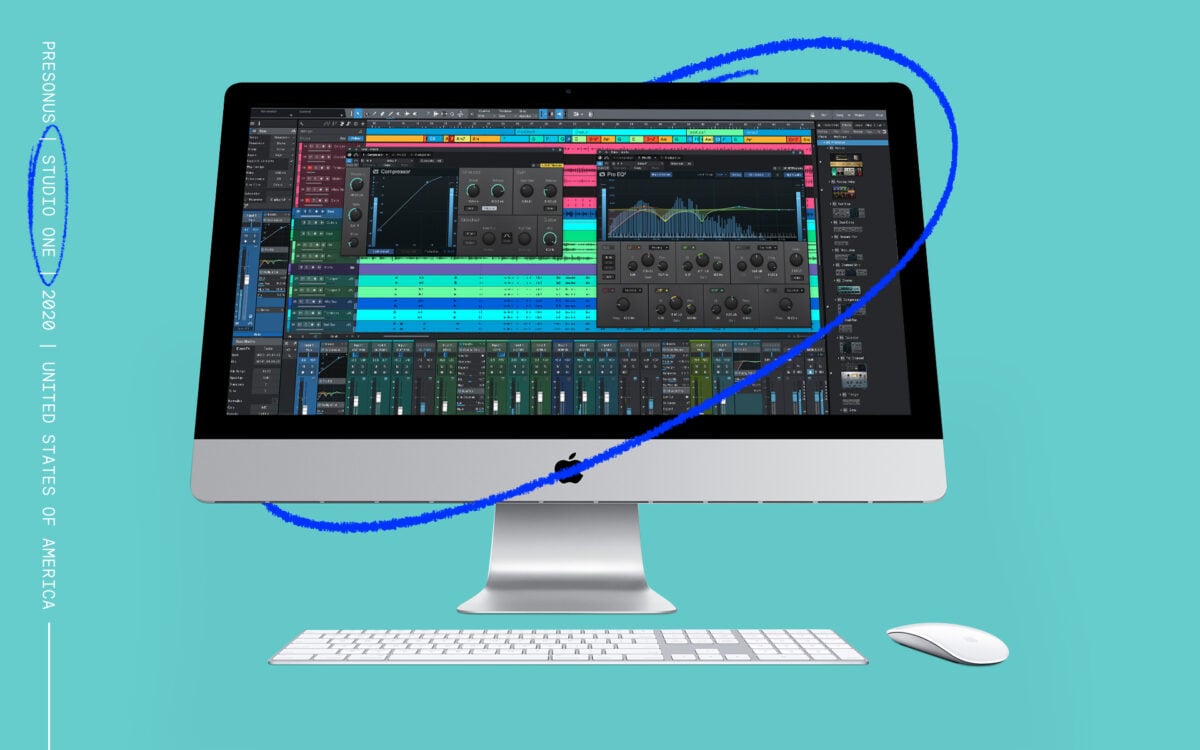Some may be surprised to hear that PreSonus’ Studio One is over ten years old.
The DAW has gone through several iterations since its initial launch on September 27th, 2009. In this blog post, let’s take a look at how Studio One has evolved over the past decade.
Studio One (2009)
Studio One actually began as a project spearheaded by KristalLabs Software Ltd., a start-up founded by former Steinberg employees Matthias Juwan and Wolfgang Kundrus. It was originally developed under the name ‘K2’ before it (and KristalLabs Software Ltd. at large) became part of PreSonus in 2009. Version one launched with all of the standard features one would expect, as well as new features such as the ‘Project’ panel. This allowed users to load multiple finished songs in a single environment for mastering.
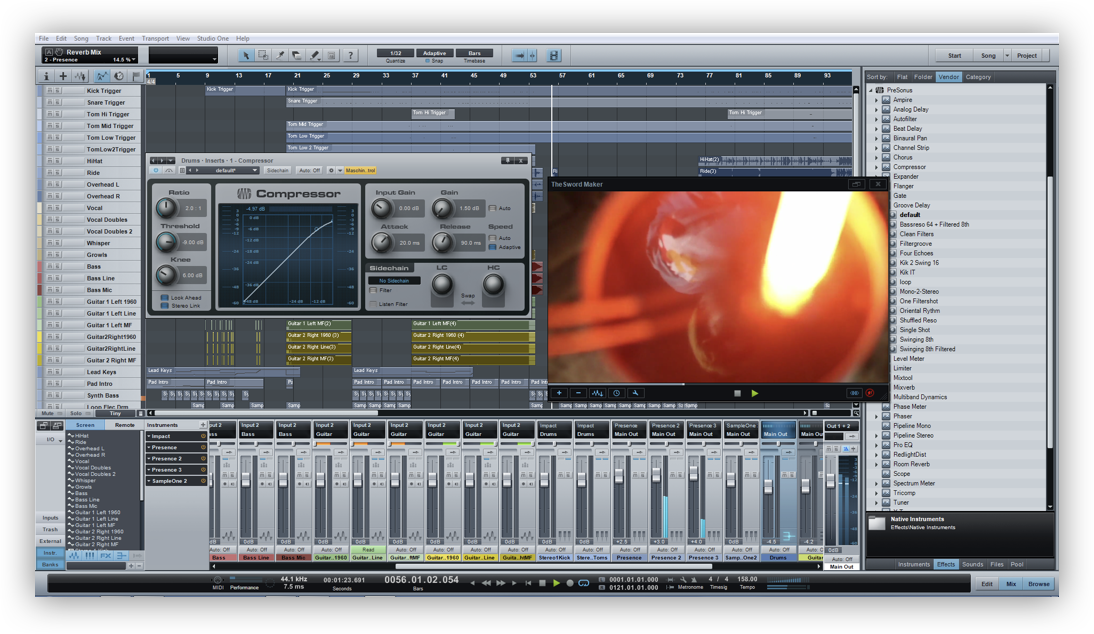
Studio One 2 (2011)
After gaining some initial traction, PreSonus released the second version of the DAW, which brought important feature updates including Melodyne integration, transient detection / quantization, multi-track MIDI editing, and an overall cleaner UI. They also improved the browser and added a few new native plugins.
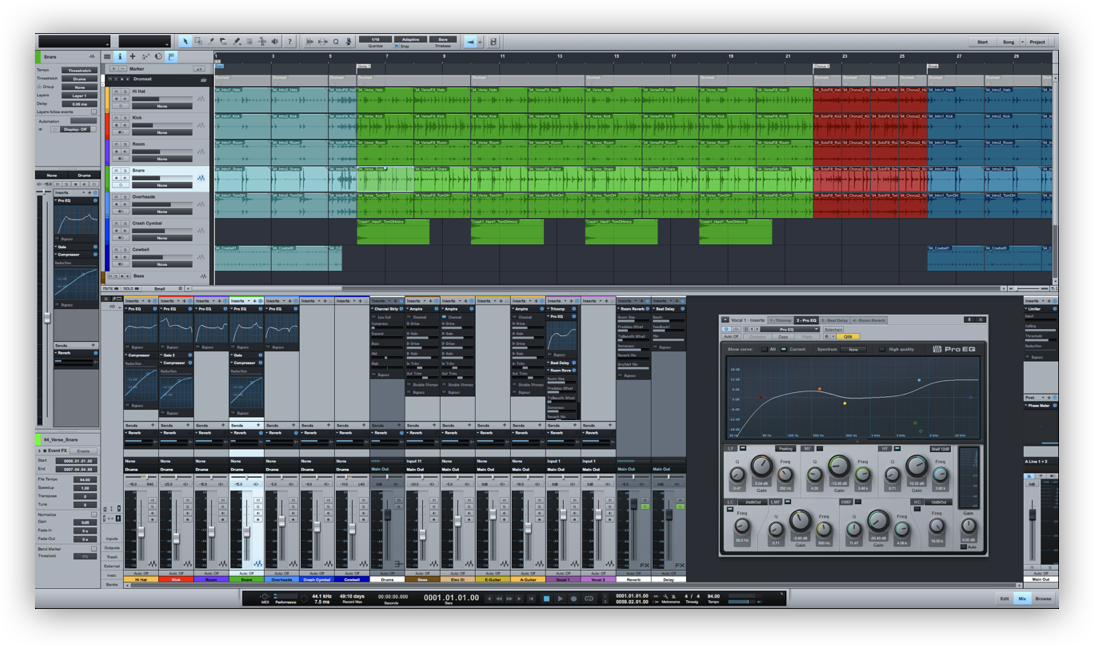
Studio One 3 (2015)
PreSonus took a little more time with this iteration, and it paid off. They introduced major features such as scratch pads and chains for effects and virtual instruments. Scratch pads allow you to fork your project and create multiple versions for experimentation, while chains expanded sound design possibilities exponentially by allowing for more flexible signal flow (similar to Ableton’s racks). PreSonus also introduced the free version of the ever-evolving DAW, Studio One Prime.
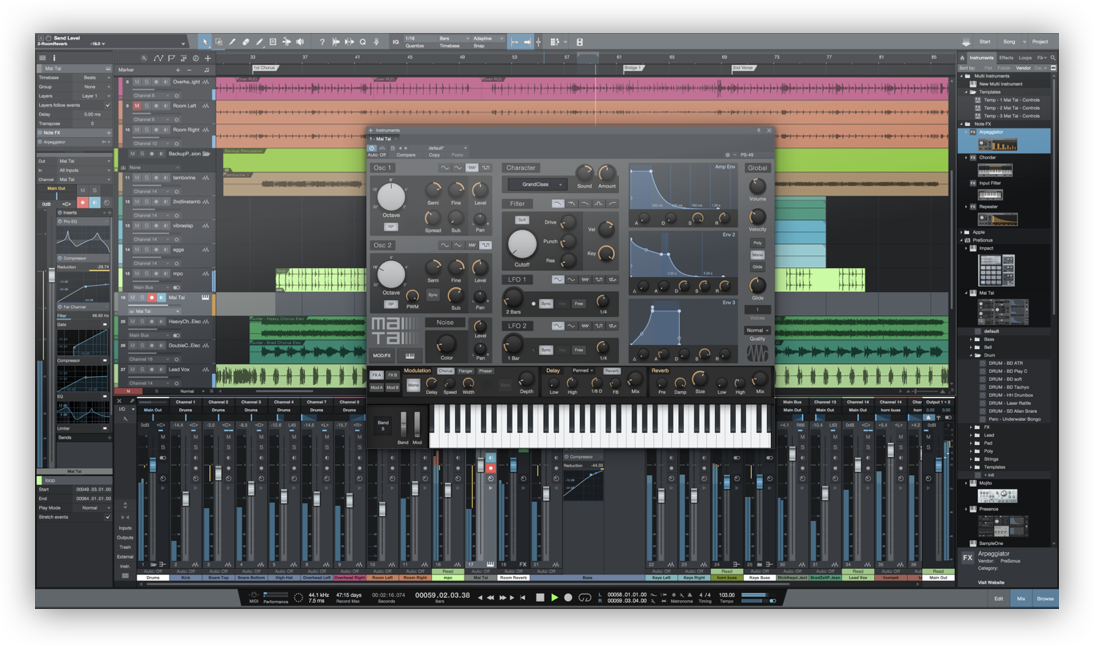
Studio One 4 (2018)
Studio One’s fourth iteration brought trailblazing features such as the Chord Track and Patterns, alongside fantastic additions to their sampler instrument collection including Impact XT and Sample One XT. The Chord Track provided users the unique ability to extract chords from audio, and then apply them to other audio and MIDI tracks. Patterns brought a step sequencer editor that FL Studio users are sure to love, while also boasting distinct capabilities that set it apart.
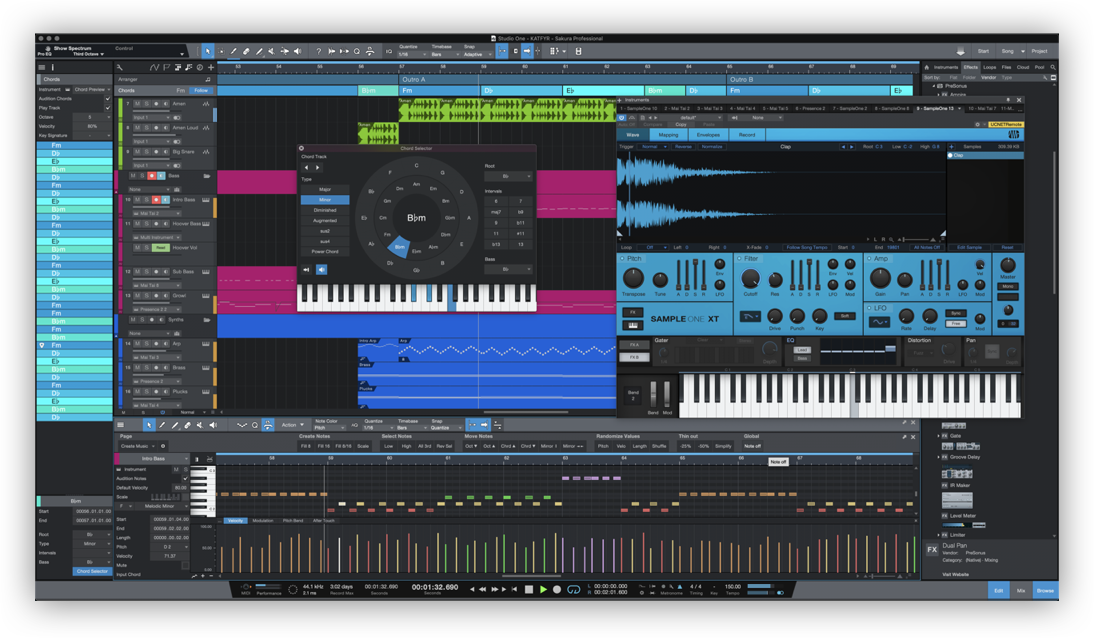
Studio One 5 (2020)
Studio One’s latest version places a keen focus on the full range of music creation experiences, introducing new views and pages that support more types of music making than ever before. The Show Page addresses live performance, allowing for the creation of setlists made out of other Studio One 5 projects, which can easily be reordered and manipulated on-the-fly. Meanwhile, those fond of sheet music are sure to be pleased with the new Score View, which draws from the best features of Notion for easy and powerful notation creation. Other smaller but nonetheless fantastic additions include Clip Gain Envelopes and Melodyne 5 Essential integration.
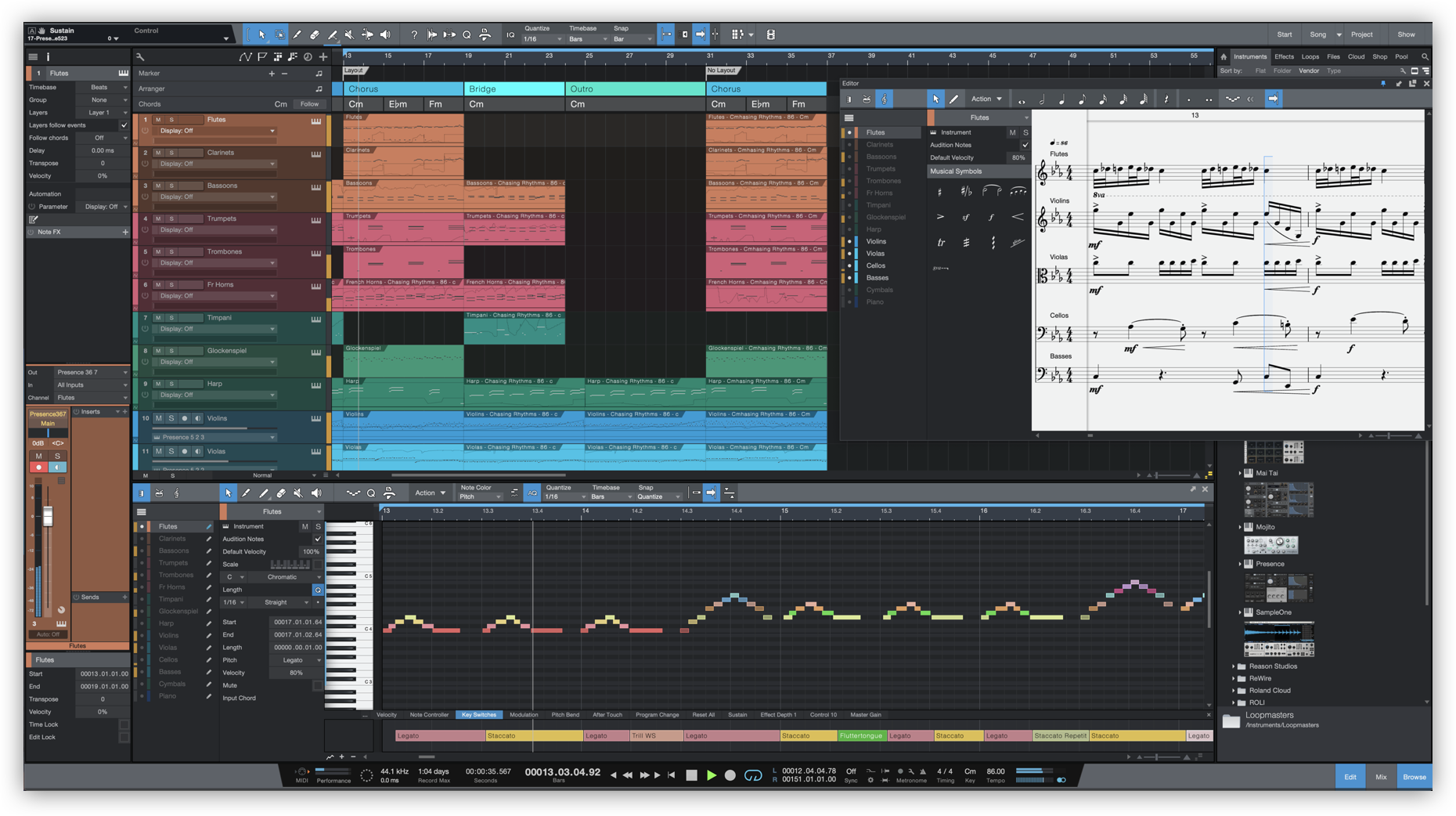
Given Studio One’s track record, the DAW is sure to continue evolving in the future and we’re excited to see where it goes next. Do you use Studio One? If so, let us know which version you started on in the comments below, and if you’re not a user, consider trying the DAW out for free on Rent-to-Own.
Explore royalty-free sounds from leading artists, producers, and sound designers:
August 26, 2020

.svg)
.svg)

